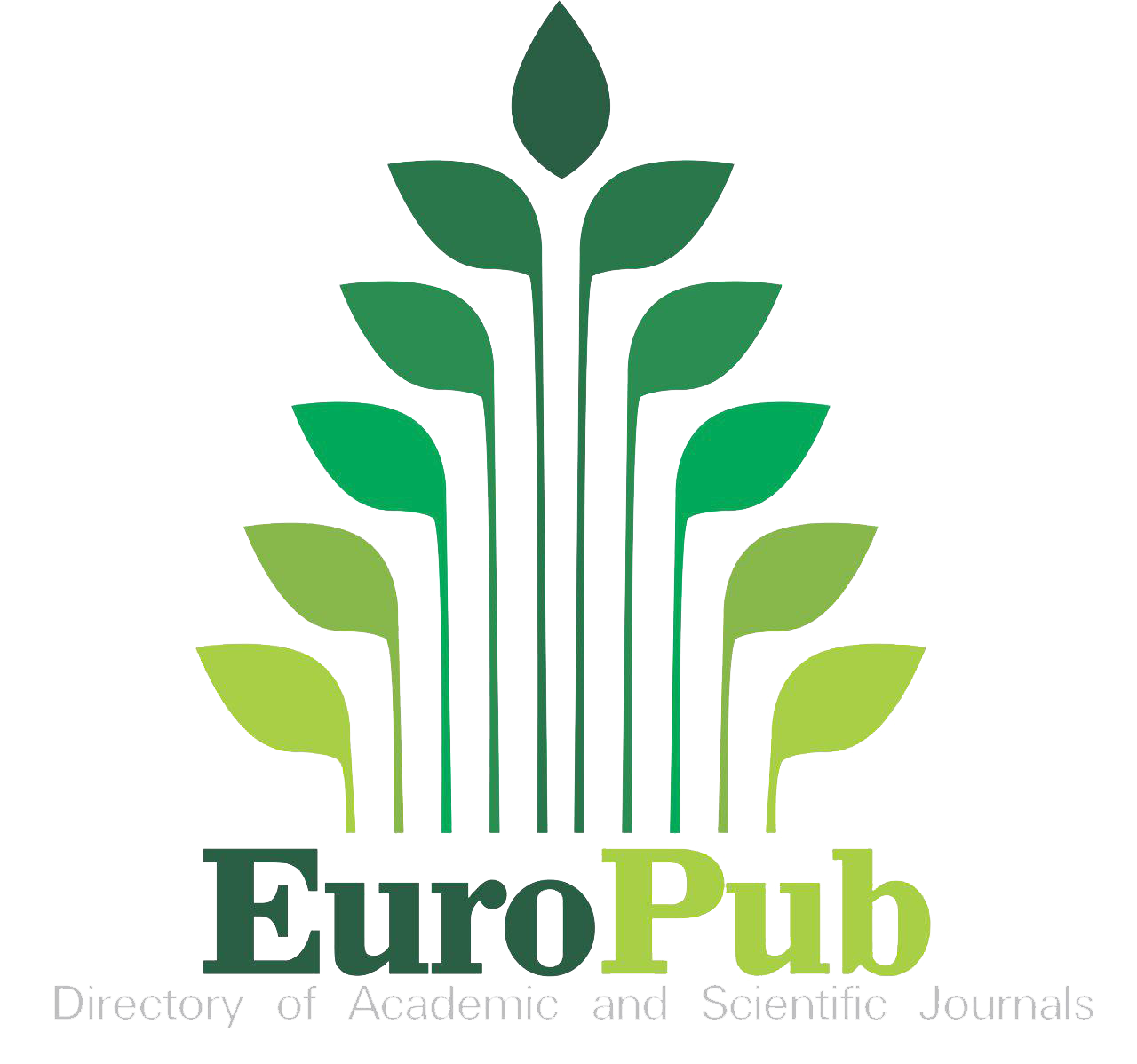PATHOMORPHOLOGICAL CHANGES IN THE PLACENTA OF PREGNANT WOMEN INFECTED WITH CORONAVIRUS INFECTION COVID-19
28.04.2024
International Scientific Journal "Science and Innovation". Series D. Volume 3 Issue 4
H.A. Rasulov, Mavlonov U.O.
Abstract. The mechanism and pathomorphological picture of the disease in pregnant women infected with coronavirus and their pathological processes during pregnancy are the focus and main attention of attending physicians and pathologists. It is known that in addition to the internal influences of the body during pregnancy, various pathological processes develop in the placenta, which maintains the balance between mother and fetus, as a result of external influences, especially viral and bacterial infections, as a result of which the stability of the normal physiological state is disrupted. This situation is especially evident in the SARS-CoV-2 (COVID-19) viruses with varying degrees of fetoplacental insufficiency in the pregnant woman. It may even result in the death of both mother and fetus. Any changes observed in the body of a pregnant mother and fetus during the COVID-19 pandemic can be explained by the pathological condition of the placenta. This, in turn, gives rise to a number of questions that await solutions. The course of COVID-19 with systemic inflammatory reactions and hypercoagulation in the body directly affects the structural activity of the placenta. It is known from the literature that changes in the placenta of pregnant women infected with COVID-19 were manifested by the following pathomorphological changes: the absence of blood vessels and fibrinoid swelling in the nipples, an increase in the size of the syncytiotrophoblast area in the nipples. terminal nipples of the placenta, chronic histocytic intervilulitis, causing fetal hypoxia and different from other viral infections. Information about pathomorphological changes in the placenta is important for predicting the course of pregnancy and applying treatment tactics. If you look at the clinical course of COVID-19, it is characterized by a high frequency of various complications and deaths in pregnant women. The study of pathomorphological changes in the placenta of pregnant women is considered important for the fetus and the mother’s body and can be considered particularly important due to its cost.
Keywords: syncytiotrophoblast, intervilulitis, gestational age, paraffin blocks
References:
1. Garcia A.G., Fonseca E.F., Marquez R.L. [and others] Morphology of the placenta during cytomegalovirus infection // Placenta. - 1989. - Issue. 10. - R. 1–18.
2. Dashrath P., Wong J.L.J., Lim M.H.K. and others. Coronavirus disease 2019 (COVID-19) pandemic and pregnancy. American Journal of Obstetrics and Gynecology, June 2020; 222 (6): 521-531 doi: 10.1016/j/ajog.2020.03.021.
3. Murphy S. Newborn baby tests positive for coronavirus in London. Available at: https://www.thegardian.com/world/2020/mar14/newborn-baby-tests-positive-for-coronavirusin-london .
4. Romanova A.A. Morphofunctional characteristics of the vascular bed of the placenta of a resident of the Far North during the physiological and pathological course of pregnancy. Author's abstract. diss. no fellow soldiers three. St. Cand. Honey. science Ekaterinburg, 2020. 144 p. In Russian.
5. Salimova Z.N., Kamilova M.Ya., Rakhmatulloeva D.M., Gulakova D.M. Histological picture of the placenta and CD34+ expression in fetal vascular endothelial cells and anemia. Bulletin Avicenny. 2017;19(3):286-291. In Russian.
6. Schwartz D.A. Analysis of 38 pregnant women with COVID-19, their newborns, and mother-to-fetus transmission of SARS-CoV-2: maternal coronavirus infections and pregnancy outcomes. Arch Pathol Laboratory Med. March 17, 2020 Document Number: 10.5858/arpa.2020-0901-SA
7. A.P. Milovanova, O.F. Serova. Causes and differentiated treatment of early miscarriage (a guide for doctors) MDV Studio, 2011. – 216 p.
8. A.P. Milovanov, P.A. Kiryushchenkov, R. G. Shmakov and Doctor Placenta - a regulator of hemostasis / Obstetrics and Gynecology. - 2001. - No. 3. - P.3 - 6.
9. Glukhovets B.I., Glukhovets N.G. Pathology of the placenta. - St. Petersburg, 2002.- 448 p.
10. Dobrokhotova Yu.E., Gumenyuk L.N., Puchkina G.A., Mikhailichenko V.Yu. // Obstetrics and gynecology. – 2022. – No. 3. - P.32-38.
11. Tsingerling V.A., V.F. Melnikova. Perinatal infections. Issues of pathogenesis, morphological diagnosis and clinical and morphological comparisons. Practical management. – St. Petersburg: Elbi, 2002. – 352 p.
12. Shchegolev A.I., Tumanova Yu.N., Lyapin V.M., Serov V.N. // Obstetrics and gynecology. – 2020. – No. 6. - P.21-28.







